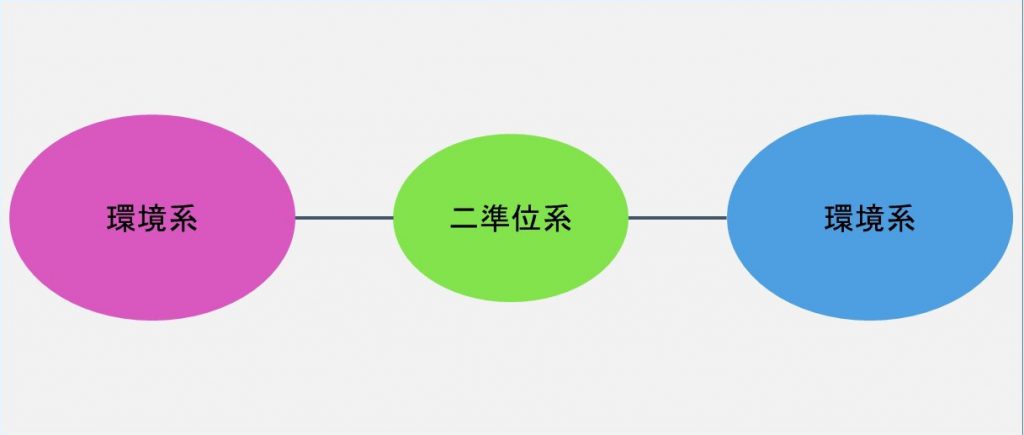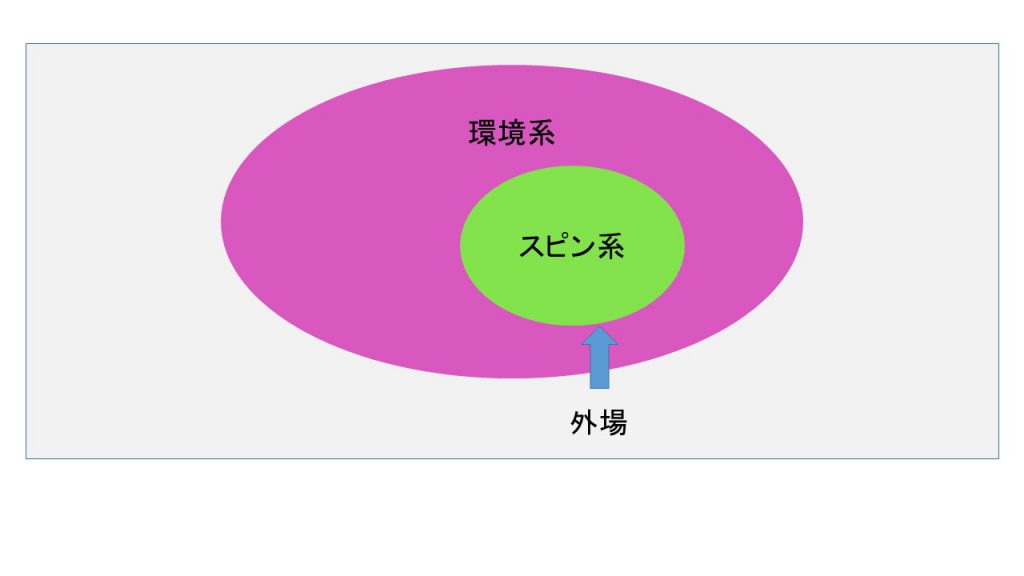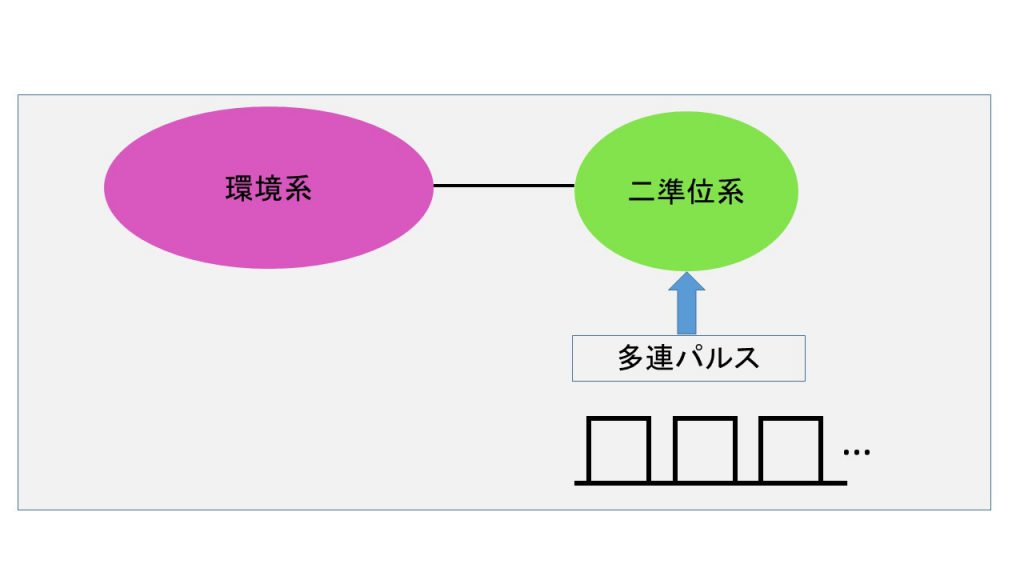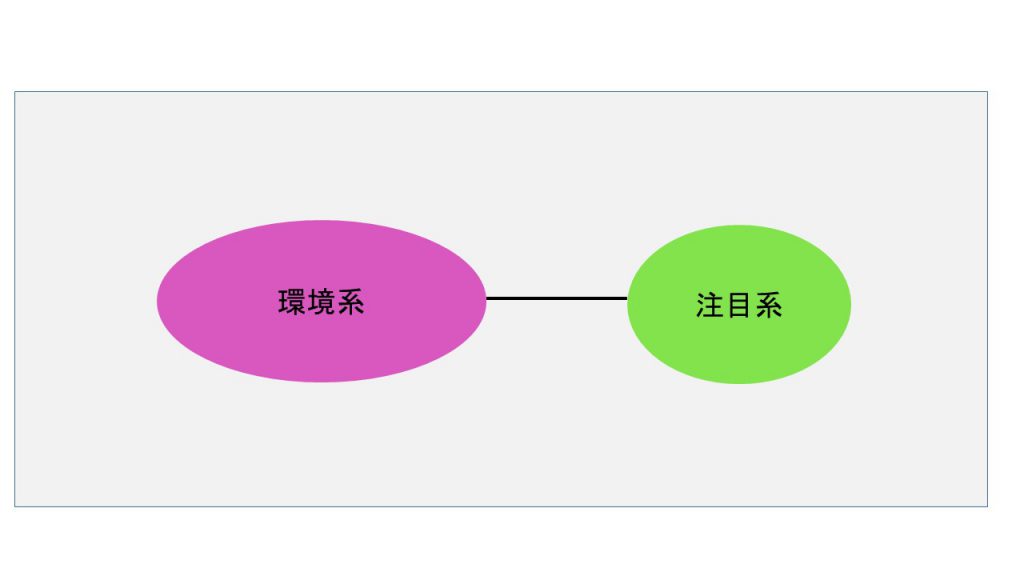Dynamics of Open Quantum Systems
Developments of experimental technology provide us new possibilities to use principles of quantum mechanics for future technologies such as information processing and transport in microscopic level. The developments enable us to control microscopic entities, for example, electrons, atomic nucleus, ions, and photons.
But, it is impossible to isolate these entities. These are inevitably affected by their surrounding environments, which are often treated as obstacles to realize quantum technologies. To overcome the difficulties, we need to evaluate the environmental effects from theoretical viewpoints. The theoretical model to include such effects is often termed as a quantum open system. In this laboratory, we struggle to evaluate the environmental effects as well as to propose a new way to adopt such effects on quantum information processing and quantum transport by studying quantum open systems.



